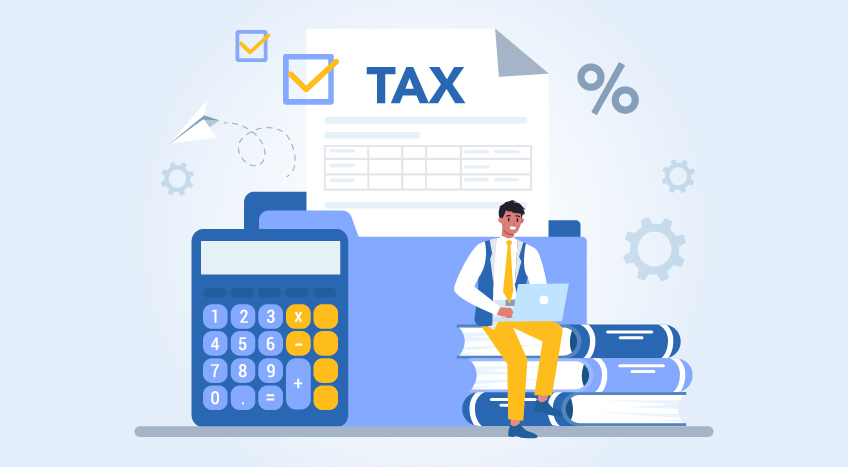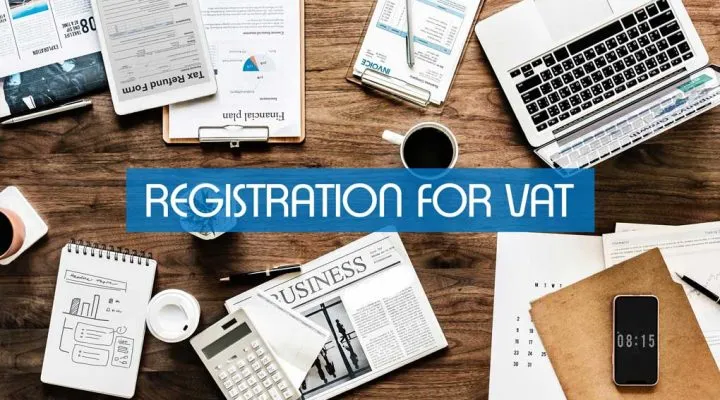The adjustment column is available in the number field. 9 ‘Standard duty expense’ should be used to report adjustments to input taxes charged in previous tax return periods.
This throttling occurs for one of the following reasons:
Input Tax Adjustment Based on Accounts Receivable Reduction
Annual Adjustment to Input Tax Proration
Adjustment Based on Capital Asset Scheme
These adjustments are explained in detail.
Input Tax Adjustment as Part of Reducing Accounts Receivable
This adjustment represents the amount of input tax previously refunded on purchases that were not paid to the supplier of goods or services more than six months after the due date. related to. In such cases, the supplier has the opportunity to claim her VAT already paid by him to the FTA in her previous VAT return. Suppliers may choose to do this as part of a debt relief program.
If the supplier decides to waive the claim, FTA will refund her VAT to the supplier. As a result, you will not be entitled to any input tax refunds on such supplies and will have to repay FTA. Such adjustments should be reported in the ‘Number’ field of the ‘Adjustment’ column. 9. If you then pay the purchase amount along with VAT to the supplier in the next tax period, you are entitled to recover the input tax amount in your VAT return for that tax period.
Depending on the type of adjustment, the value can be positive or negative. If you are asked to refund input tax claimed on your previous tax return, you will need to show that the value is negative. To get it back, you need to mention it positively.
Annual adjustment of input tax allocation
If you provide taxable and non-taxable services, an annual adjustment of input tax allocation is required. In such cases, you will not be entitled to a refund of any input tax paid on the purchase or expense. This is because input tax paid on expenses used to purchase or manufacture duty-free goods is not eligible for input tax refund.
In such cases, particularly when it is not possible to independently determine whether the supplies are taxable or non-taxable, the Implementing Regulations provide guidelines for calculating recoverable input tax refunds. In addition to calculating and reporting the eligible input tax refund amount for each VAT reporting period, you must also perform the calculation at the end of each tax year and report the difference, if applicable. These adjustments can be made in the first tax period after the end of the tax year.
To help taxpayers identify the tax period in which such adjustments should be reported, tax returns are marked with a “tax return period reference number.” If her VAT return period reference number at the top of her VAT return for a tax year is period ‘1’, the taxpayer makes such an adjustment in that tax period.
Note: This is an annual adjustment, so it only applies from the beginning of 2019. The values contained in the Adjustment column can be either positive or negative.
Adjustment under the Capital Assets Scheme
Only assets taken into account under the Capital Assets Scheme are covered by this.To be considered a capital asset, it must be a single item of expenditure of a company of AED 5,000,000 or more, excluding taxes, on which taxes are paid and with an estimated useful life of at least 10 years for buildings and at least 5 years for buildings. is needed. Other capital assets.
The input tax amount paid on the acquisition of fixed assets is deferred over the period of use of these assets. The applicable input tax amount is adjusted over 10 consecutive years for buildings and 5 consecutive years for other capital assets, starting from the date on which the owner first uses the capital asset for business purposes.
If any of your capital assets is subject to the capital asset regime, the amount of input tax payable on that capital asset will be adjusted each tax year in accordance with the guidelines of the Implementing Regulations for any of the following periods: You need to 5 or 10 consecutive years, depending on the type of fixed asset.
Important points when reporting input tax adjustments on VAT return form 201
Only the above adjustments need to be reported.
Depending on the type of adjustment, the value can be either positive or negative. A positive showing must be provided in order to make a claim or collection, and a negative showing must be provided in order to issue a refund.
If no adjustment is applied, do not enter anything in the adjustment field
You can also register for VAT Registration on our website:
https://www.vat-registration-uae.com/




